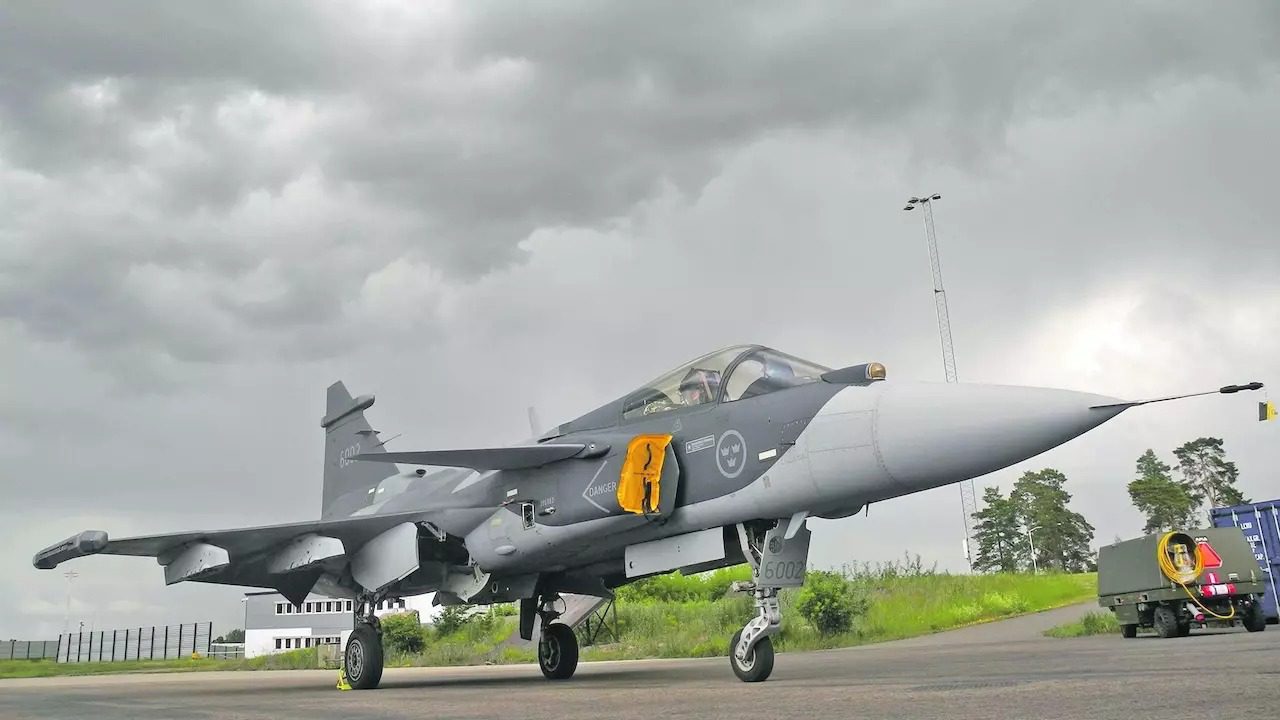When Defence Minister Jana Černochová (ODS) hinted in April in the USA that the next fighter jets for the Czech army could be American, the Swedish Linköping did not jump for joy. The southern Swedish city is home to Saab, producing Gripen fighter jets for thirty years. Czech fighters have been flying them for 15 years, and the Czech government will decide this year what to replace them within a few years.
The company’s management, which employs 6,500 mainly local people, believes that it offers a fully modernized machine and several advantages against its American competitor, Lockheed Martin’s F-35 fighter, which will eventually convince the Czech government. The fact that the Czech defense ministry has little time to spare also plays into Saab’s hands.
Fighter manufacturers worldwide, including Saab, are therefore overwhelmed with orders for many years to come. And the Czech defense ministry may be in a time crunch because it will have nothing to protect the Czech skies after 2027, when the lease of 14 Gripens ends, or 2029.
The defense can still use the option for two years. The army has 12 single-seater type C and two double-seater type D machines. Černochová has stated that the number of new devices should be increased to 24.
Better radar and missiles
Gripen offers a simple solution. “Within months to a year, it is possible to upgrade the Czech Gripen C—using the MS 20 Block 2 upgrade package—and then plan an easy transition to the next-generation E machine.”
The package includes a more powerful radar, Meteor missiles, and new communications systems. The Swedish military is following the same path, with more than 50 Gripen C’s that Saab is already upgrading and has already delivered the first units of the new Type E. The Hungarian Air Force has upgraded its 14 Gripen C’s and is considering buying 12 more. Brazil has also ordered 36 new aircraft from Gripen.
The US manufacturer of the F-35 is even more overwhelmed with orders and is expected to deliver thousands of units, mainly to the US Air Force, Poland, Britain, Canada, or Finland. According to aviation expert Tomáš Soušek, the queue for new F-35s is so big that the chances of the Czech army getting aircraft from the US before 2030 are minimal.
The Slovaks have now fallen into the trap, having ordered F-16s from Lockheed, but the delivery of the supersonics has been delayed for at least a year due to a lack of chips. The Slovak ministry must therefore negotiate with Poland and the Czech Republic to have their fighters patrol Slovak airspace as their MiG-29s will soon no longer be able to take to the air.
The Gripens’ advantage is significantly lower operating costs than the competition. Acquisition costs are similar for the Gripen E and the F-35.
The F-35 fighter for the Polish army cost more than three billion crowns. The Brazilian Air Force spent 2.6 billion CZK for one new Gripen. The price for two squadrons for the Czech military will be between 60 and 70 billion crowns.
Saab test pilot Jacob Högberg has been testing the new E-type aircraft for a year and is satisfied. He says the fighter has more sensors, better radar, new avionics, electronic warfare equipment, and more robust software.







Leave a Reply